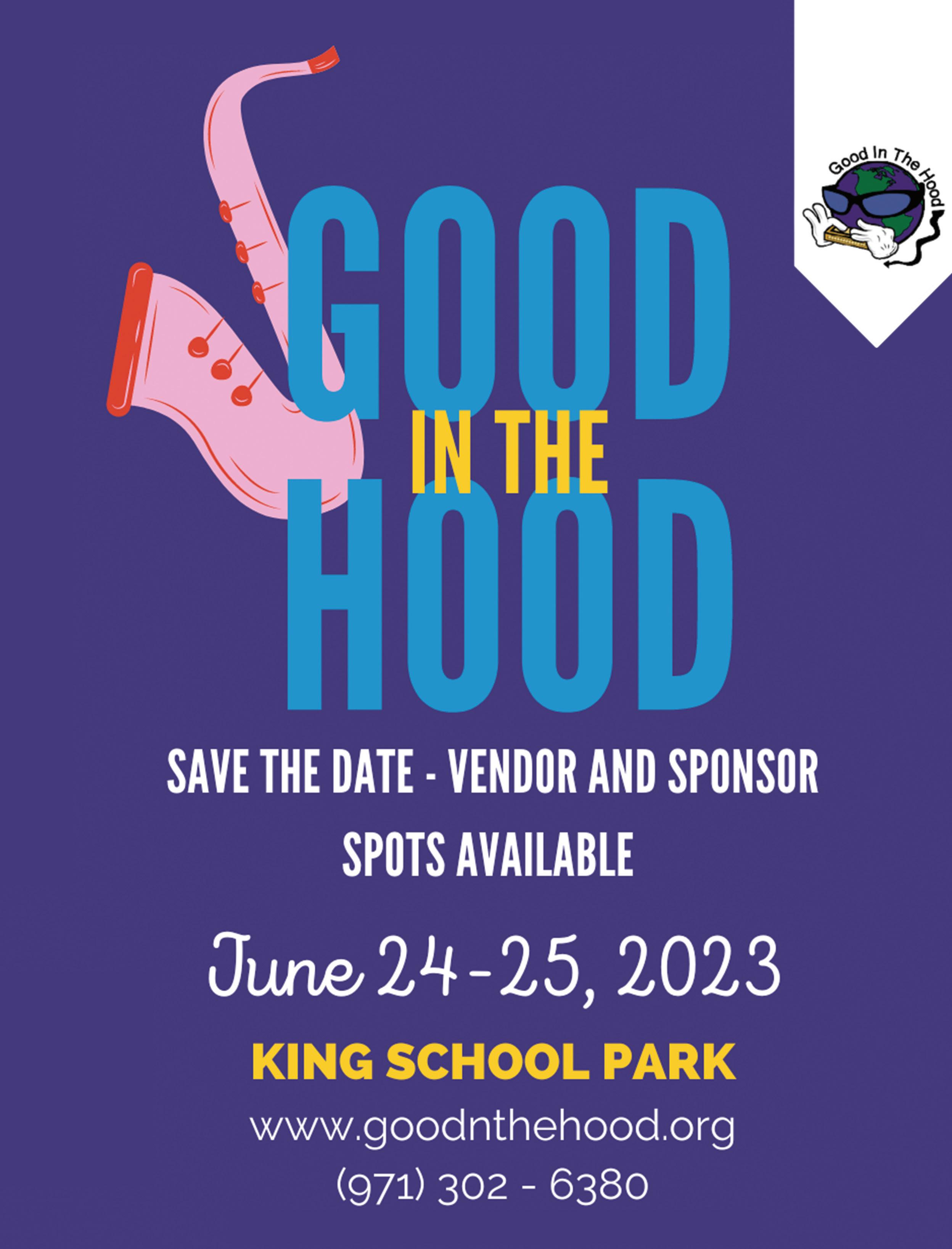
3 minute read
OUTDOOR SCHOOL
From Tragedy To Triumph
BY MICHELE DARR PHOTOS LION SPEAKS PRODUCTIONS
Advertisement
“My impact is to inspire audience members to connect with the “human-ness” of one another in our society. By theatrically sharing my personal story of joy and heartache and shame and family (that centers around rainy Oregon), I hope to infuse an air of curiosity into my audiences. Perhaps the next time they encounter a homeless youth, a survivor of domestic violence, or a black teenage boy, they’ll remember my story and see them with curiosity as a whole, a complex person much like themselves.” -Vin Shambry, published Writer, acclaimed Storyteller and award winning Broadway Actor and Director.
In a day and age when the mainstream media depiction of people experiencing houselessness is at its most punitive, “Outdoor School” promises to be an unforgettable glimpse into the world of the unsheltered through the eyes of a Black, 12-year old child.
Written and directed by rising star, Ime Etuk, a Nigerian-born, Portland-grown Director and Producer, “Outdoor School” chronicles the real-life experiences of Vin Shambry, who was thrust onto the streets of Portland in 1994 and slept under a tree in Irvington Park with his mother and baby sister. “When I was a kid, I never cried. I never had time to,” Shambry recounts. “I was always put in adult situations, like the time when I was 12 and my Mother abruptly woke us up in the middle of the night, tears streaming down her face, her mouth filled with blood from being punched repeatedly. We knew that it was time to flee from him.”
Once on the street, Shambry’s new role as the ‘man in charge’ involved pushing a shopping cart filled with the family’s belongings around during the day and salvaging cardboard for the little family to sleep on at night. “My 4 year old Sister and I would wait down the street at the park while my Mother would scope out the shelters,” he remembered. “But those places always had social workers and police, meaning we might get taken away from her. So most of the time, we would sleep under a tree at the park. All we needed was cardboard underneath us, a blanket that we all shared and plastic on top of it.” During the day, they did the best they could to find resources to meet their needs. “We had a routine all worked out: showers at the local swimming pool, free breakfast at school then we would walk around with the shopping cart until dark,” Shambry shared. “We knew exactly when the police would patrol the parks and when they were done with their rounds, we could safely crawl under this tree without being seen.”
Struggling to maintain a veneer of normalcy despite not having his own place to call home, Shambry’s outlook was transformed through the rite of passage for middle schoolers known as “Outdoor School”. In addition to his delight at spending 5 worry free days and nights in nature, Shambry was relieved to have his own bed, hot meals and the freedom to just enjoy himself. “For the first moment in my life, I felt like a kid,” he said with a smile lighting up his face. He went on to describe heading up his team in a competitive game of tug o war with a rival middle school, a role which cost him his only pair of shoes. “You gotta understand, these were patent leather, white and red Deion Sanders Nikes that I got as a gift from a girl at school whose Dad worked at Nike. I knew that next week when I went to school with dirty shoes that the other kids would know that we had no money.” Deciding that it was worth the sacrifice, Shambry went on to help his team win the game and the powerful life lessons he gleaned from the experience make “Outdoor School” a most memorable journey.
While Portland has been a backdrop to many movies, “Outdoor School” is in a league of its own as a story that actually took place here. “The significance of “Outdoor School” being based on events that actually happened in Portland is profound,” shared writer and director Ime Etuk. “It provides an opportunity to showcase the realities and experiences of Black Portland in the ‘90’s and other communities within the city that have historically been overshadowed or misrepresented in mainstream media. It also reinforces the idea that people need to learn to tell their own stories to ensure authenticity and accuracy. “











